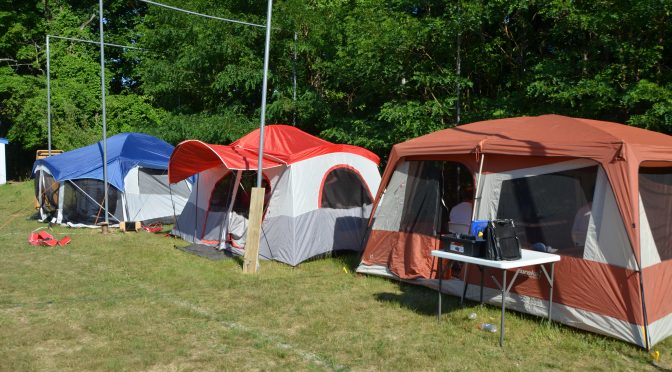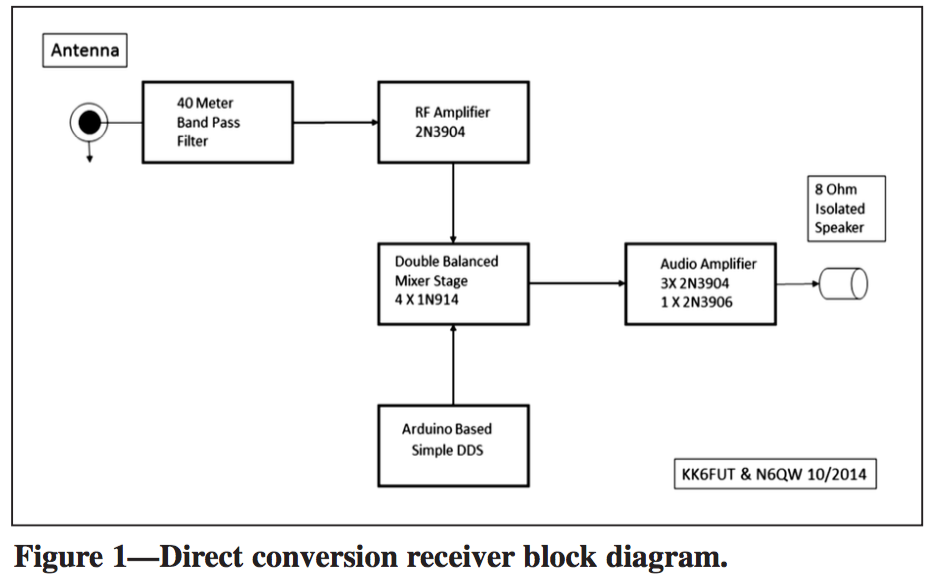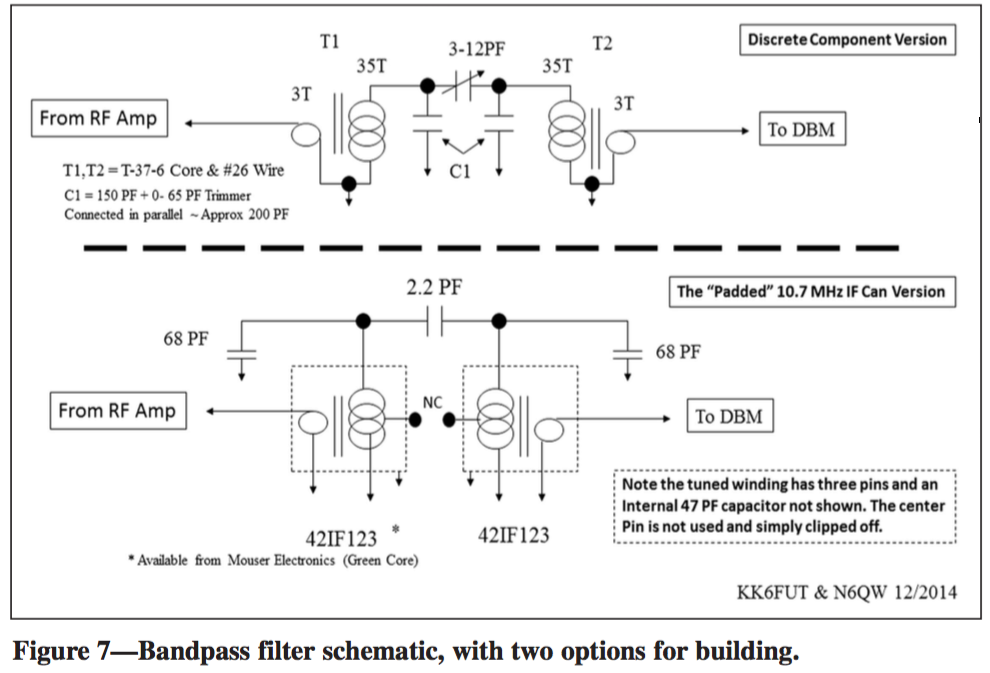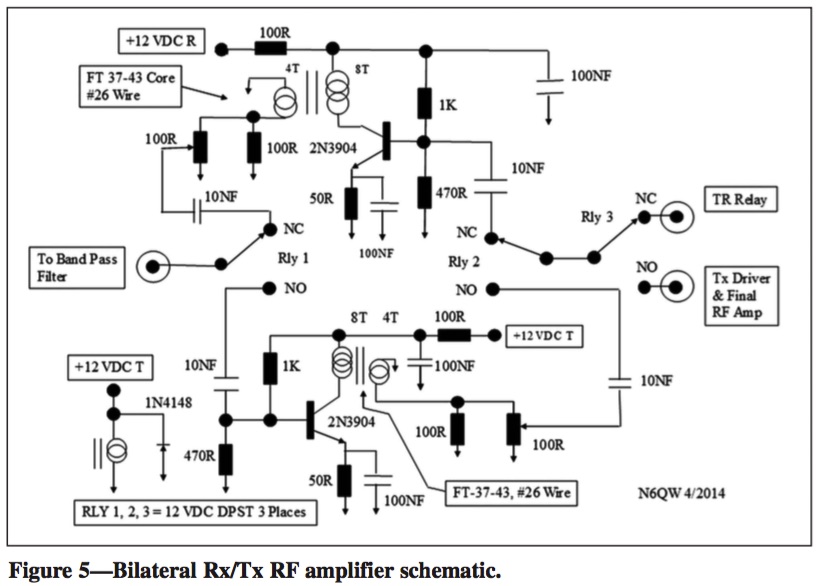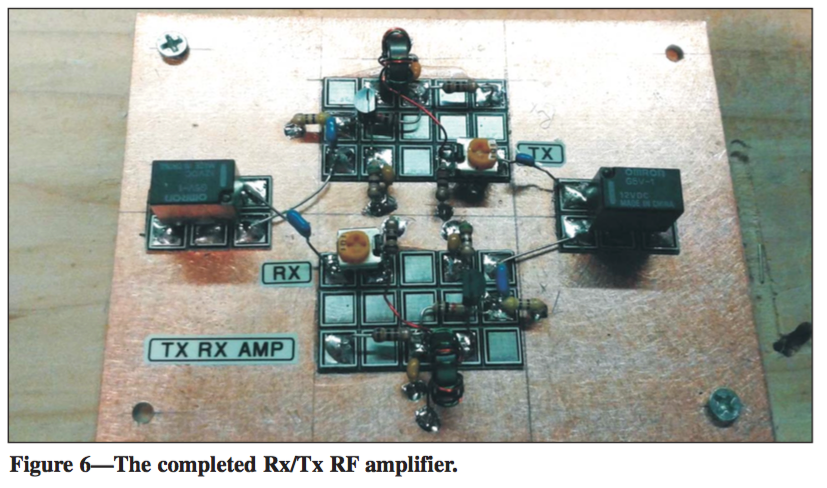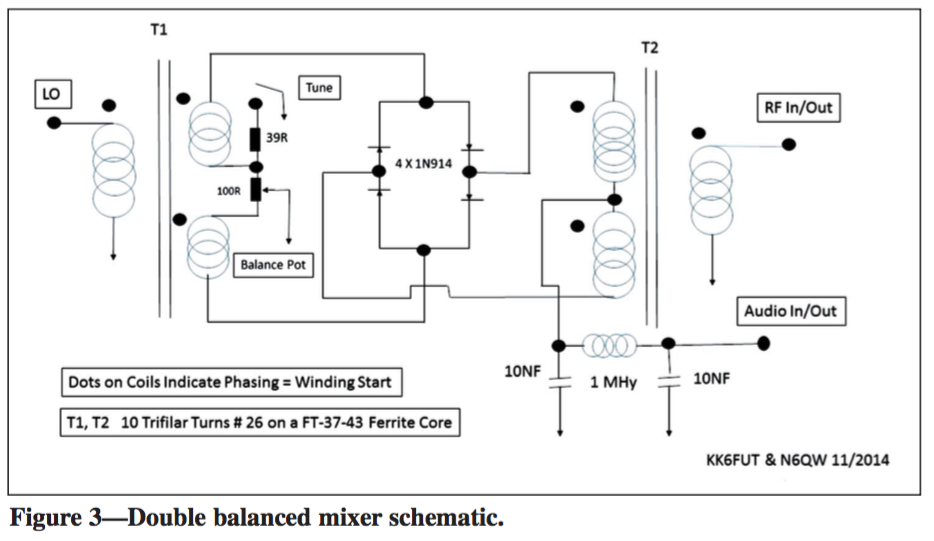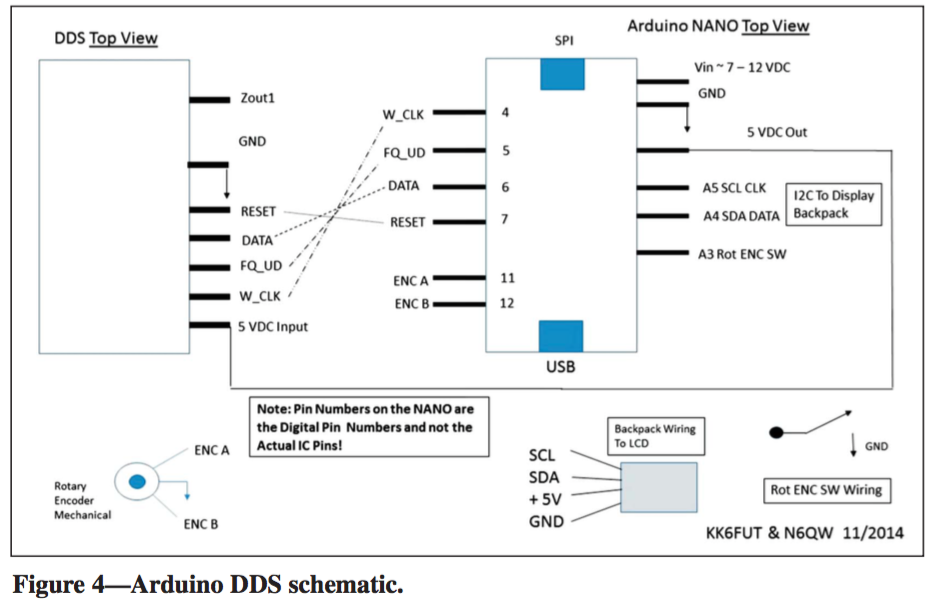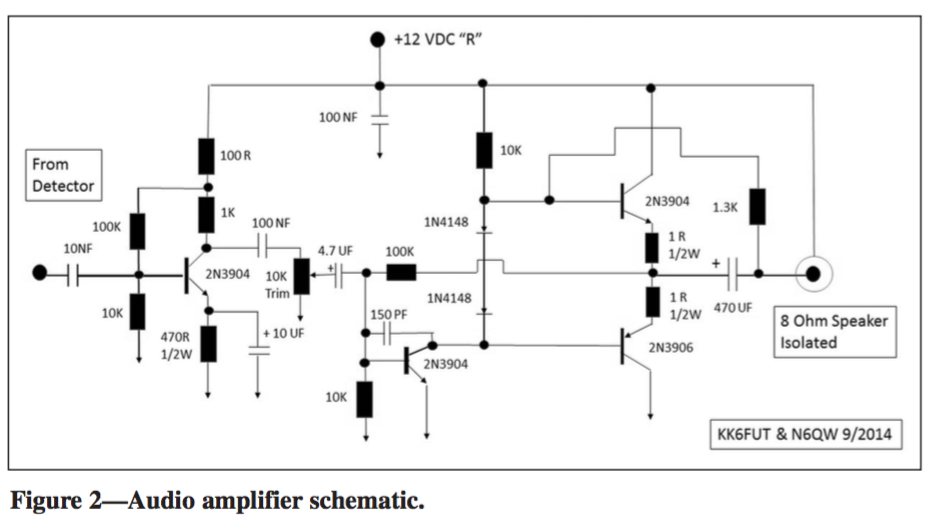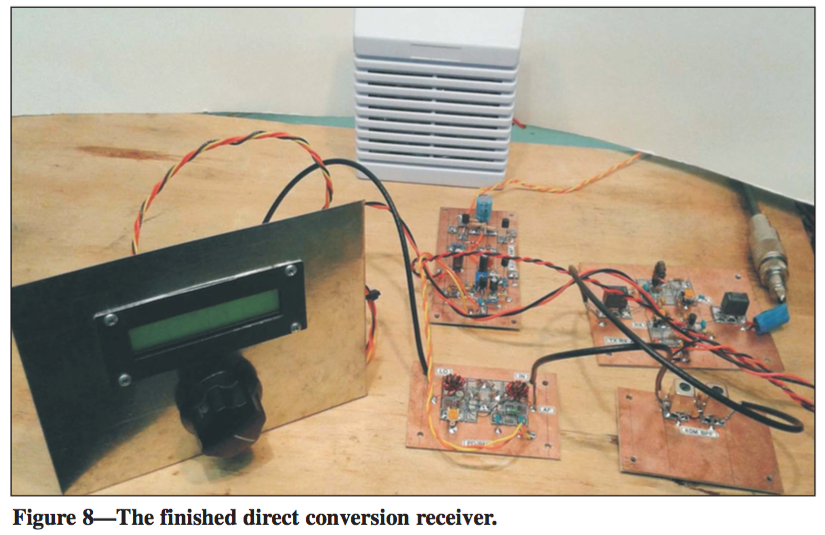On Christmas morning, it always amazes me how the kids can rip the packaging off all their gifts in mere minutes. The smile on their faces and their pure joy and excitement makes it all worthwhile. What took months of planning, shopping, hiding, wrapping is over before you know it. As they say, you get much more out of giving than receiving.
As you might imagine, there is a parallel here to field day. Sure, you could just show up at Field Day on Saturday morning, and everything would be setup and ready to go. However, much of the value comes from all the strategy, planning, preparation and setup activities. Despite the large investment the club has made in towers, antennas, generator, etc., It takes a small army of volunteers to get this right.
This is my first year as field day chairman. Truth be told, I only attended my first Nashua Area RC field day last June, and was truly impressed. I was reluctant to volunteer last year, as I just didn’t quite know what I would be getting into. I suspect many of you are feeling the same way this year. Whatever the excuse; I haven’t been a ham long enough, don’t know if I can devote the time, I don’t know anything about field day, etc. Trust me, you can and will add value to this event. Like Uncle Sam used we say, we need you!
Now that it’s the new year, we are going to start having a regular series of meetings to plan for Field Day 2017. The first meeting will be centered around what we learned from field day last year. I’m looking for some early ideas about new things we can do to make field day more interesting and relevant for each of you. Please feel free to contact me at [email protected] anytime with your ideas.
Some of the preliminary feedback I have received is tactical in nature. It includes the following:
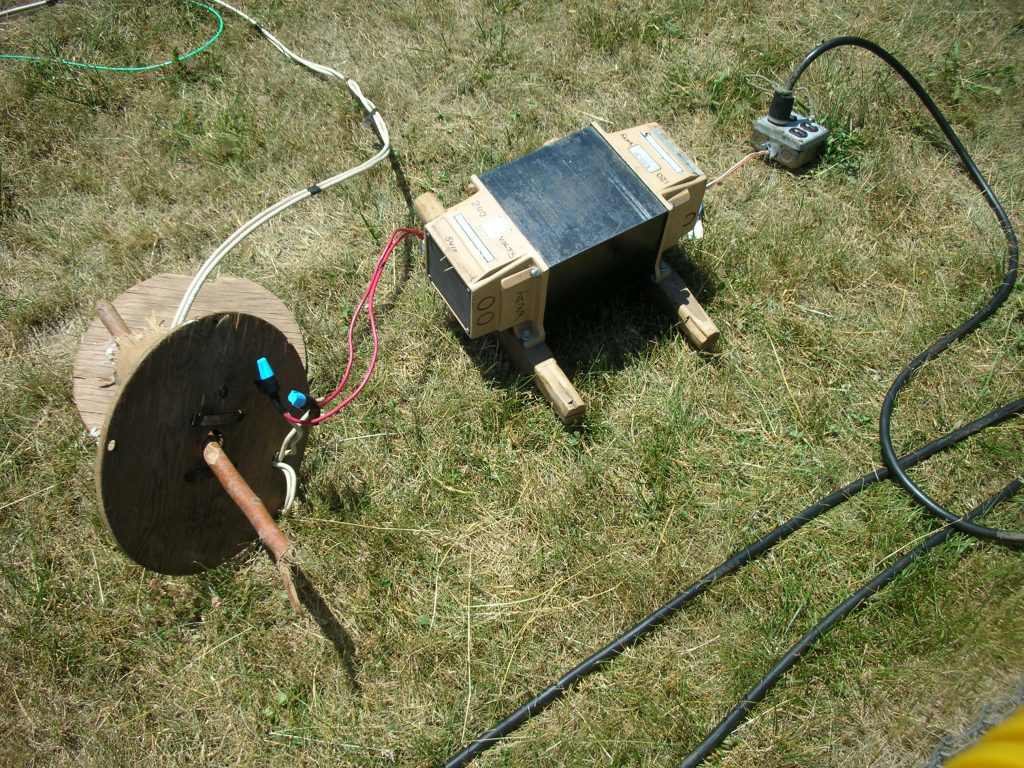
- The Electrical distribution system needs help. The current system consists of a Honda ES-6500 Generator with 240v distribution lines to step-down transformers at the tents. The main distribution panel needs to be completely rebuilt and reduced in size. Additionally, the whole setup isn’t currently weatherproof. The existing distribution “cables” are single-conductor THHN wires taped together which certainly isn’t optimal. Ideally, we should start with a clean sheet of paper and rebuild this properly. Perhaps a small transfer switch so we can run two generators (so one can be serviced while still operating), with twist-lock plugs on the distribution cables and transformers, and proper SJOOW cable. This effort alone would exceed the club budget for field day, so we could use donations of time and materials.
- The club owns a significant amount of coax cable. However, much of it is quite old and the connectors have seen better days. I will look to schedule a tech night to put on new connectors and weatherproof using head-shrink with adhesive-lined backing. We also need to make-up some short patch cables to connect to the club’s bandpass filters. We should also label all club cable with the club call. Finally, we need to determine the best strategy to coil up and store the coax without kinks.
- The iron anchor stakes for the towers need to be modified to have a sharp point at one end. Someone with a grinder could do this in relatively short order. We could also benefit from having a large hammer drill on-site with a ground rod bit to drive them in.
- We need to review the hardware and storage containers used to assemble the towers. There was a recommendation to use shoulder bolts that are smooth and unthreaded through the tower to prevent crushing. Also, many of the storage containers are cracked and need replacement. Need to inventory and rebuild these kits.
- We have a trailer, affectionately referred to as BOB (the Big Orange Box) at the Nashua Wastewater Treatment Center. I understand this could use some reorganization. We need mount some brackets to the wall to get things up off the floor. Also, we should group each of the tower kits together.
So what should you expect from me? I will be looking to divide the work up into a series of teams and assign leads for each. The teams will include a site readiness team, electrical, tower and antenna construction, safety, transportation, food, and potentially others. Many hands make light work, and there’s something here for everyone.
The preparation begins now. Who said it can’t be Christmas in June? Let the excitement begin!
Dave, K1DLM
Hashtags: #ARRLFD #N1FD

